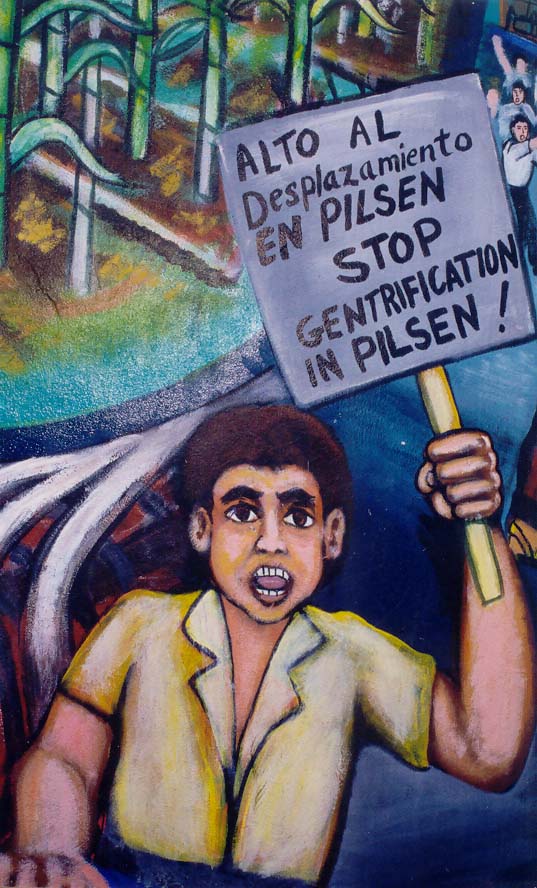
Like “gentrification,” “displacement” and “nonprofit” are similarly muddled. In Atlanta, where I live, there has been a profound reversal of investment preference.
Driven by new city-building paradigms such as transit-oriented development, capital is being targeted at communities surrounding existing rail stations and planned transit infrastructure. Long disinvested, predominantly poor, minority neighborhoods to the west and south of downtown may attract much of this new capital investment in coming decades.
A frequently employed slogan intended to protect long-term residents of such communities is “no displacement.” That term suggests a zero sum arrangement whereby new arrivals automatically drive out long-term occupants. What that term does not address is that over the past 40 or 50 years, most of these neighborhoods have been depleted of population, having huge expanses of vacant land and vacant structures.
Especially under recent code modifications that encourage denser, mixed-use, mixed-income projects the populations of those areas can be easily doubled, tripled, even quadrupled without displacing anyone. The real question is whether development will be regulated in a way that requires the production of permanently affordable units that serve the area’s predominant working class and low-income families.
The cry of “no displacement” obscures this possibility by creating a false and unreasonable impression of scarcity. A smarter tack would be to call for inclusionary development strategies and strong regulatory provisions—especially controls over zoning, incentives, and public funding—to ensure that inclusion occurs. And finally, there is no “nonprofit” housing development. There is always profit generated somewhere in a deal or the deal would not happen. That profit simply does not end up benefitting the implementing organization or the community where the projects are built.
In tax credit projects, for example, the profit is realized primarily on the front end, during the financing, in the selling of the credits and related transactions. What the community developer often gets is an undercapitalized, usually over leveraged project that runs an especially high risk of failure. The problem is not necessarily one of deception but perhaps of truncated perspective. If the project is viewed as commencing after the community-based organization receives its allocation of capital, then it is truly nonprofit. But if the project is viewed as commencing at the very start of the financing process, it is quite clear that a profit is generated. The way “non-profit” deals usually operate, the financiers get the “profit,” the community gets the “non.” It would be much more accurate to describe the work of community developers as “mission-driven,” rather than “nonprofit.”
Community developers should be more aware of the important role language plays in framing, explaining, and even justifying their work—of the power of language to disclose or conceal, clarify or distort, enlighten or deceive. Community developers are different from for-profit developers in at least one important way: by virtue of their tax-exempt status and declarations of mission, they occupy a position of trust vis-à-vis the constituents they serve. They should always endeavor to be worthy of that trust.

Community Development Field
Community Development: Let Your Mission Do the Talking
In Part 1 of this post, I discuss the issues around the term “gentrification.” Here are two other terms that have become problematic in community development. Like “gentrification,” “displacement” and […]




Comments